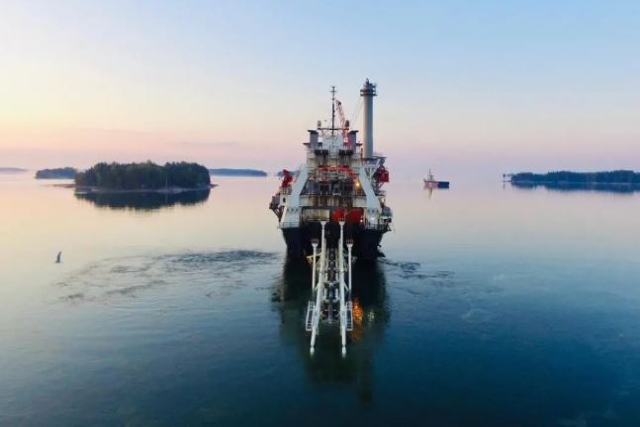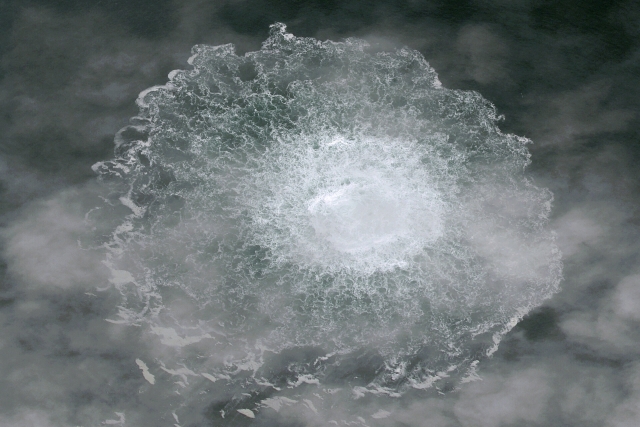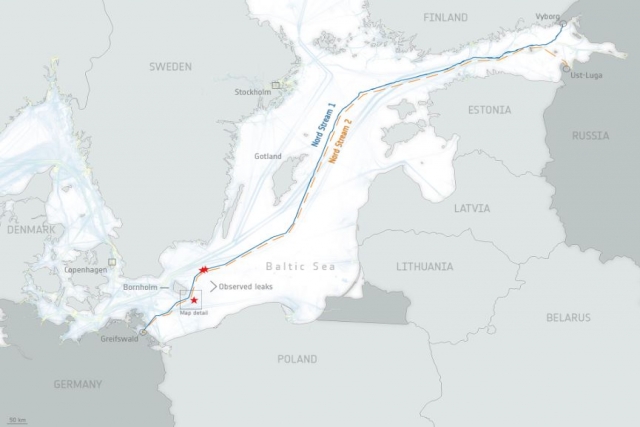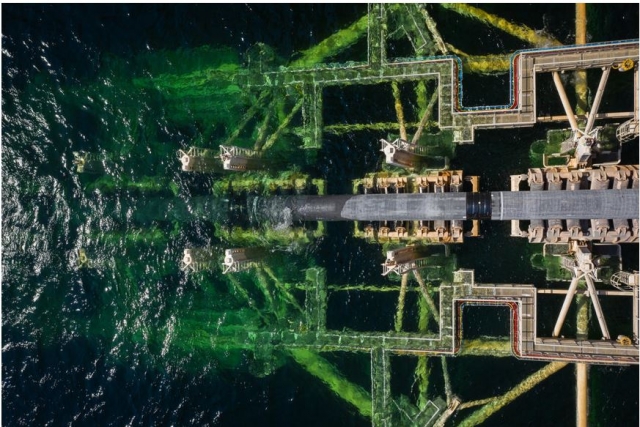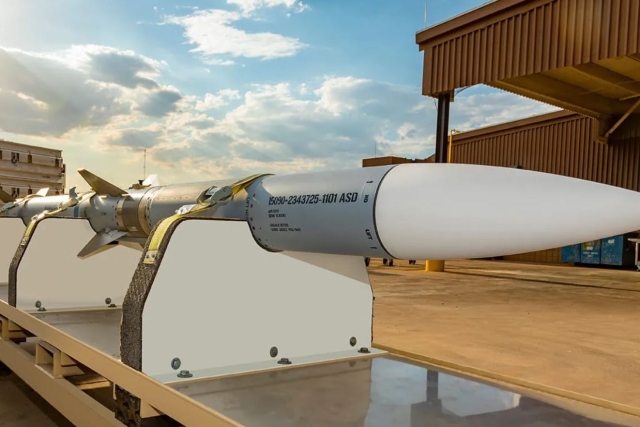NATO Minehunters Patrol Baltic Sea Following Damage to Undersea Cables
NATO's increased maritime vigilance began with the Nord Stream sabotage in September 2022.
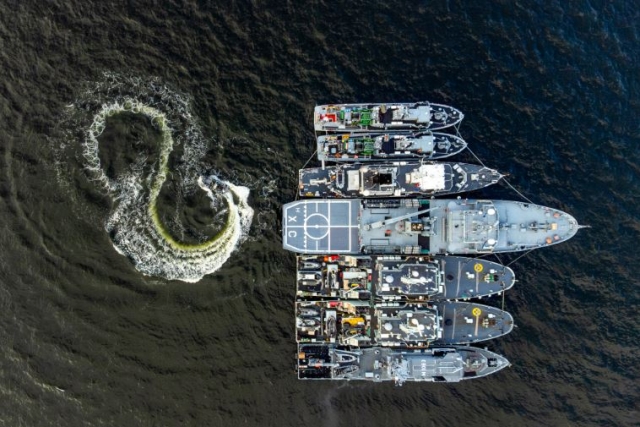
In response to recent damage to critical undersea infrastructure, NATO's Standing NATO Mine Countermeasures Group 1 (SNMCMG1) fleet is ramping up patrols in the Baltic Sea.
This decision comes in the wake of two undersea cables between Estonia and Sweden being compromised, raising concerns about potential threats in the region.
To bolster their maritime defense efforts, the Netherlands has dispatched the HNLMS Vlaardingen to join the minehunter squadron, further strengthening the security measures in place.
NATO's move to heighten vigilance was officially announced on October 19. The alliance, along with its partners, has taken a series of strategic actions to protect the Baltic Sea. These include increased surveillance and reconnaissance flights, featuring maritime patrol aircraft, NATO AWACS planes, and drones. Additionally, it said a fleet of four NATO minehunters will be deployed to the area, equipped to identify and neutralize any potential threats.
Acting as the spokesperson for NATO, Dylan White stated, "We continue to monitor the situation closely, and we remain in close contact with our Allies Estonia and Finland, and our partner Sweden. NATO will continue to adapt its maritime posture in the Baltic Sea and will take all necessary steps to keep Allies safe."
NATO's heightened maritime vigilance dates back to the Nord Stream sabotage incident in September 2022. In the wake of this event, the alliance has increased patrols near critical undersea infrastructure. Technological innovation, including the use of drones, has been embraced to enhance the detection of suspicious activities beneath the waves.
Earlier this year, NATO established an undersea infrastructure coordination cell, strengthening collaboration between governments, military entities, industry actors, and NATO itself. Subsequently, the NATO Maritime Centre for the Security of Critical Undersea Infrastructure was inaugurated within NATO's Maritime Command.
The last instance of NATO announcing an escalation in Baltic Sea patrols occurred a year ago, following an explosion on the Nord Stream gas pipelines. During this past year, NATO has not released any reports indicating a reduction in its military presence in the Baltic Sea.
The operation of an undersea gas pipeline connecting Finland and Estonia was suspended due to a suspected leak. Finnish authorities, in a press conference on October 10, revealed that the damage was likely the result of external interference. Detective Chief Timo Kilpelainen of the National Bureau of Investigation explained that the damage site was located in Finland's economic zone, in the central part of the Gulf of Finland. However, the causes of the incident and those responsible for it remain under investigation.

